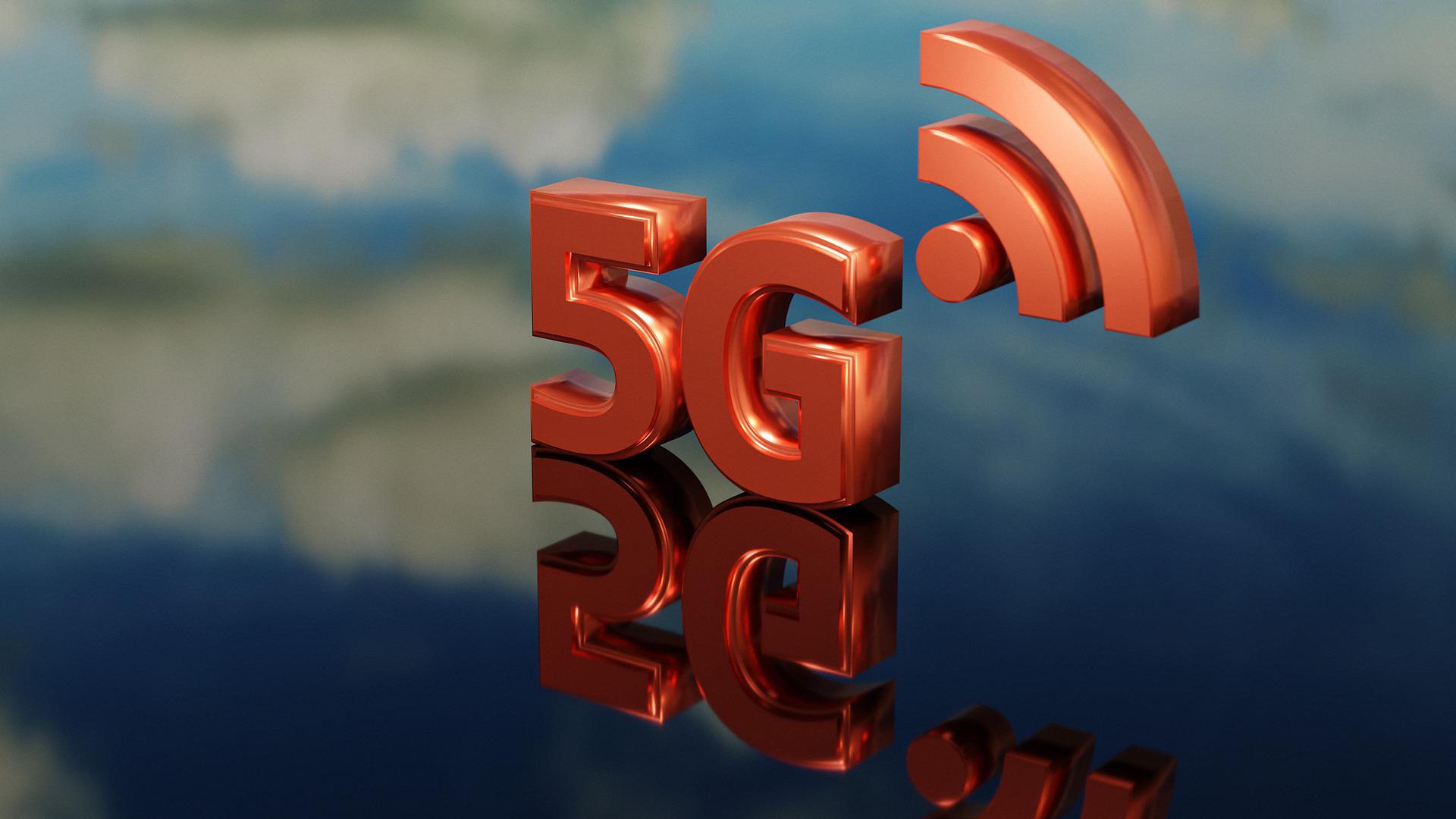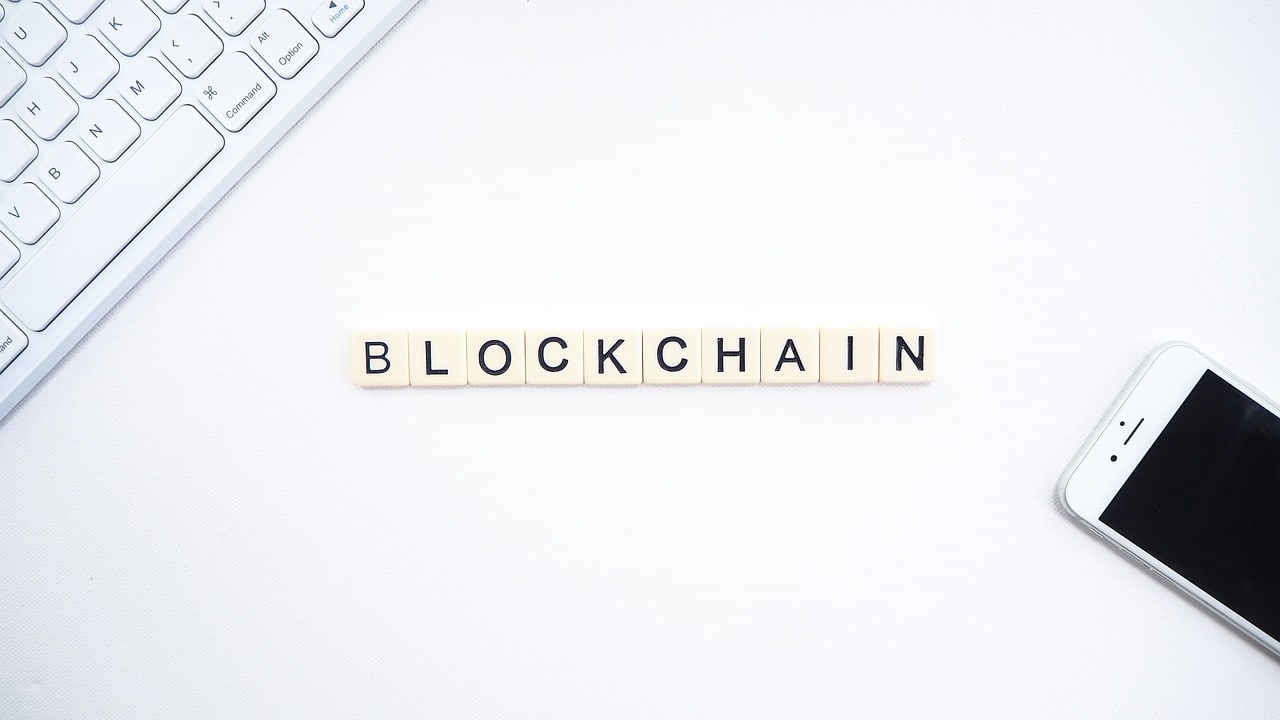
5G and IoT
The beginning of a revolution
Lately you surely heard about 5G, which we usually link to the telephony sector, but will actually affect lots of services like IoT.
Before discovering how the Internet of Things will be influenced, here’s where we at in Italy.
What is it?
5G is the next generation of mobile broadband that will eventually replace 4G LTE.
It will bring enormous changes in terms of service and speed: theoretically, the new network will be able to reach 20Gbps, in practice the actual average speed is around 1,4Gbps. It’s still a huge increase in 4G performances. To give you an idea, you’ll be able to watch a movie of 90 minutes in streaming with the same loading speed you watch a video that lasts a few hundreds of seconds on YouTube.
5G uses high-frequency radio waves, 60 times bigger that the ones we use today. This, however, some some setbacks in terms of coverage: the signal propagation will be easier to disperse and we’ll need specific structures for its best use.
When?
It’s been estimated that more than 60% of Italian radio station cannot support 5G network meaning that building new structures will not be enough and we will need to increase the effectiveness of the ones we already have. Work will start from the second point, demanding huge investments and changes on the current network. The first consequence of the arrival of 5G will be the increasing difference of navigation power among people who live in cities well covered by the signal and those who are not: using new generation smartphones, which will support 5G, the difference between city centres and rural areas will become drastic.
Despite the huge commitment requested by this new technology, Italy is expected to welcome 5G in 2021.
Big telephone companies have already divided the frequency blocks that will give signal to your phones and connection to your modem.
IoT
Internet of Things, expects to make devices of general use smart and connected.
PC Cube, for example, takes advantage of IoT to help clients manage company fleets using intelligent sensors to give the company information useful for optimizing resources and reducing waste.
Having at one’s disposal a much more faster network is an actual revolution: IoT’s range of applications will be expanded using the reliability of a network wired on a mobile network.
Its power will cover the obsolescence of machines: through cloud computing mechanisms performances will not entirely depend on the power of the device you’re using and you’ll be able to take advantage of the characteristics of the new mobile network to satisfy your needs without a last generation computer.
A little window is actually being opened for the generation that’s always connected and we’re at the gates of an era in which IoT, connection among devices and technological development will be terms we use daily.
From automotive to smart city, from taxi drones to robots, 5G is one of the starting points from which we can make some of those innovations we only got a taste of until now, a reality.








